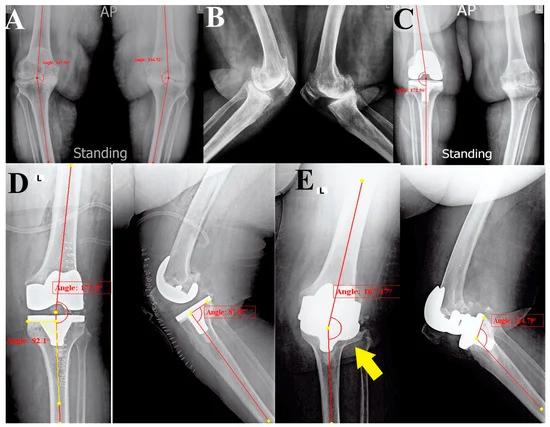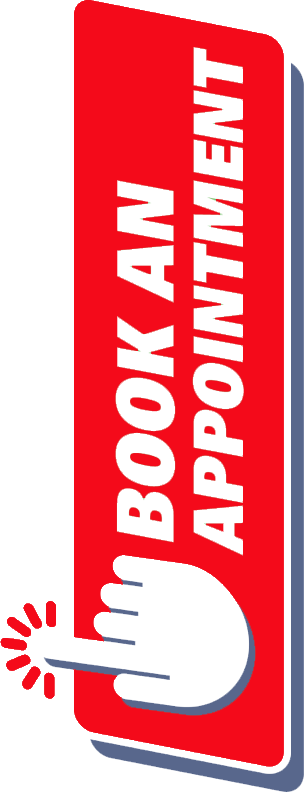Periprosthetic Fracture
A periprosthetic fracture is a bone fracture occurring around an implanted prosthesis (such as a hip, knee, or shoulder replacement). These fractures can compromise implant stability and require specialized treatment.
Causes of Periprosthetic Fractures
Falls or trauma – Common in elderly patients.
Osteoporosis – Weakens bones, increasing fracture risk.
Implant Loosening – Weakens surrounding bone over time.
Repetitive Stress – Leads to micro-fractures around the prosthesis.
Surgical Technique Issues – Poor implant positioning or excessive bone removal.
Common Locations of Periprosthetic Fractures
1 Hip (Femoral or Acetabular Fracture) – Most common after total hip replacement (THR).
2 Knee (Distal Femur or Tibia Fracture) – After total knee replacement (TKR).
3 Shoulder (Humerus Fracture) – After shoulder arthroplasty.
Symptoms
Severe pain around the joint replacement.
Swelling and bruising near the surgical site.
Inability to bear weight or move the limb.
Implant instability (in severe cases).
Classification of Periprosthetic Fractures (Vancouver & Other Systems)
- Stable vs. Unstable – Whether the implant remains well-fixed or is loose.
- Bone Quality – Osteoporotic vs. normal bone.
- Fracture Location – Around the implant stem, joint interface, or surrounding bone.
Diagnosis
X-ray – Identifies fracture type and implant stability.
CT Scan – Provides detailed images for surgical planning.
Bone Density Test – Assesses osteoporosis risk.
Treatment Options
Non-Surgical Treatment (For Stable Fractures with Well-Fixed Implants)
Bracing or Casting – Immobilization for healing.
Pain Management – NSAIDs or mild opioids.
Physical Therapy – Prevents stiffness and muscle loss.
Surgical Treatment (For Displaced or Unstable Fractures)
Indications for Surgery:
Implant loosening.
Significant bone displacement.
Severe pain or inability to bear weight.
Surgical Procedures
Open Reduction and Internal Fixation (ORIF) – Plates, screws, or rods stabilize the bone.
Revision Surgery – If the implant is loose, it may be replaced.
Bone Grafting – Strengthens weakened bone.
External Fixation – Temporary stabilization in complex cases.
Recovery & Rehabilitation
Hospital Stay: 3-7 days (depending on surgery).
Weight-Bearing: Limited for 6-12 weeks, depending on fracture type.
Full Recovery: 3-6 months, or longer if complications occur.
Physical Therapy Focus:
- Early motion exercises to prevent stiffness.
- Strength training for surrounding muscles.
- Balance training to prevent future falls.
Complications & Long-Term Effects
Implant Loosening or Failure – May require revision surgery.
Delayed Healing or Nonunion – More common in osteoporosis.
Infection – Risk increases with surgery.
Joint Stiffness & Weakness – Prevented with early rehab.
Prognosis
Good outcome with proper treatment and rehab.
Higher risk of future fractures in elderly or osteoporotic patients.

